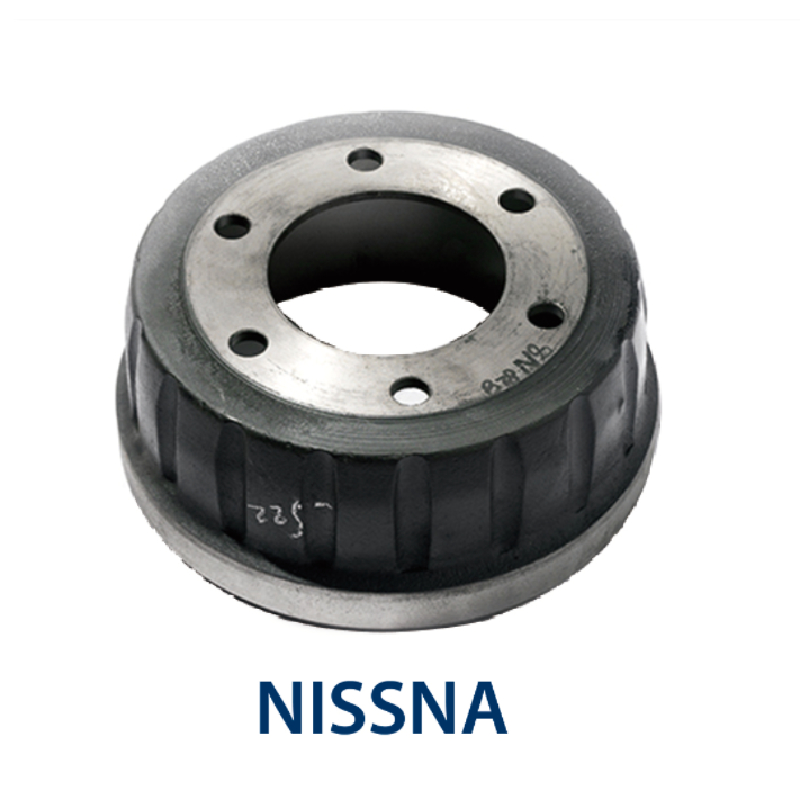Jul . 27, 2024 14:49 Back to list
Understanding the Factors That Contribute to Brake Drum Wear and Longevity in Vehicles
Do Brake Drums Wear Out?
Brake drums are essential components of a vehicle’s braking system, particularly in older cars and trucks that utilize drum brakes. Understanding the wear and tear of brake drums is crucial for vehicle safety and performance. This article aims to explore the reasons behind brake drum wear, the symptoms of worn-out drums, and the importance of regular maintenance.
The Function of Brake Drums
Brake drums work in conjunction with brake shoes to slow down or stop a vehicle. When the driver applies the brakes, the brake shoes expand against the inside surface of the drum. This friction generates the necessary force to slow down the wheels. Over time, this constant friction can lead to wear on both the brake shoes and the drum surface.
Factors Contributing to Brake Drum Wear
Several factors contribute to the wear and tear of brake drums.
1. Driving Habits Aggressive driving, frequent hard stops, and heavy braking can lead to quicker wear. For instance, driving in heavy traffic or mountainous regions often forces the brakes to work harder.
2. Material Quality The materials used in both the brake drums and the brake shoes significantly influence their lifespan. Higher-quality materials may withstand wear better than cheaper options.
3. Heat and Friction Each time the brakes are applied, heat is generated. Excessive heat can lead to warping of the drum surface, which compromises its effectiveness and leads to uneven wear.
4. Moisture and Contaminants Exposure to moisture, dirt, and other contaminants can accelerate wear. This is especially true in environments with high humidity or where salt is used on roads during winter, both of which can lead to corrosion.
do brake drums wear out

5. Improper Installation and Alignment If brake drums are not installed correctly or if there are alignment issues, uneven wear can occur. This may cause certain areas of the drum to wear out faster than others.
Symptoms of Worn-Out Brake Drums
Recognizing the symptoms of worn brake drums is vital for timely intervention. Here are some common signs that your brake drums may need attention
- Squeaking or Grinding Noises If you hear squeaking or grinding when applying the brakes, it may indicate worn brake shoes or drums needing replacement. - Vibration or Pulsation A noticeable vibration in the brakes can point to warped drums. This affects how smoothly the vehicle stops and can be hazardous.
- Decreased Brake Responsiveness If it takes longer to stop than usual, it may be a sign of brake wear. This can significantly compromise safety.
- Pulling to One Side If the vehicle pulls to one side during braking, it may indicate uneven brake shoe wear or issues with the brake drum.
The Importance of Regular Maintenance
Regular maintenance of the braking system is essential for vehicle safety. It includes periodic inspection of brake drums and shoes, replacement when necessary, and ensuring that the entire braking system is functioning optimally. Most manufacturers recommend replacing brake drums when the lining thickness reaches a certain limit, usually around 1/8 inch.
In conclusion, while brake drums do wear out over time, understanding the factors that contribute to this wear can help vehicle owners take proactive measures to maintain their braking system. Regular checks, responsible driving habits, and timely replacements are vital for ensuring safety on the road. By paying attention to the signs of wear, drivers can prevent more severe issues and maintain their vehicle's overall performance. Remember, brakes are not just a feature; they are a critical safety component that requires respect and attention.
-
Scania Brake Drums: OEM Quality for Optimal Safety & Durability
NewsAug.16,2025
-
R.V.I: Advanced Remote Visual Inspection for Precision
NewsAug.15,2025
-
Discover HYUNDA: Innovative Vehicles, Equipment & Solutions
NewsAug.14,2025
-
R.V.I: Unlock Advanced Insights & Real-time Performance
NewsAug.13,2025
-
Kamaz Brake Drum: Durable & Reliable for Heavy Duty Trucks
NewsAug.12,2025
-
Heavy Duty Iveco Brake Drum - Premium Quality & Safety
NewsAug.11,2025
